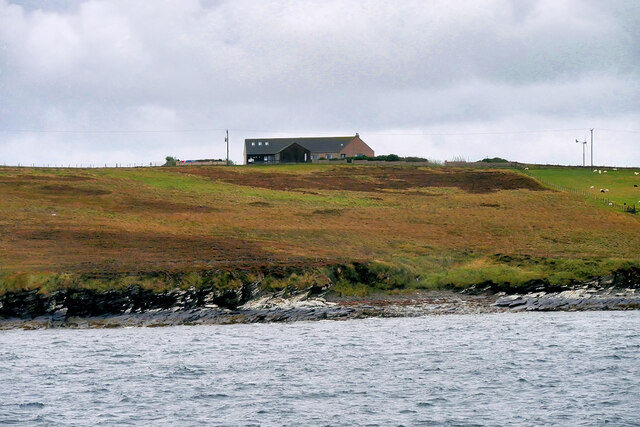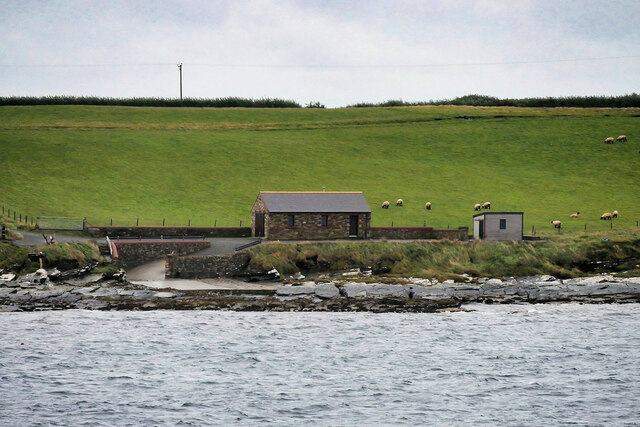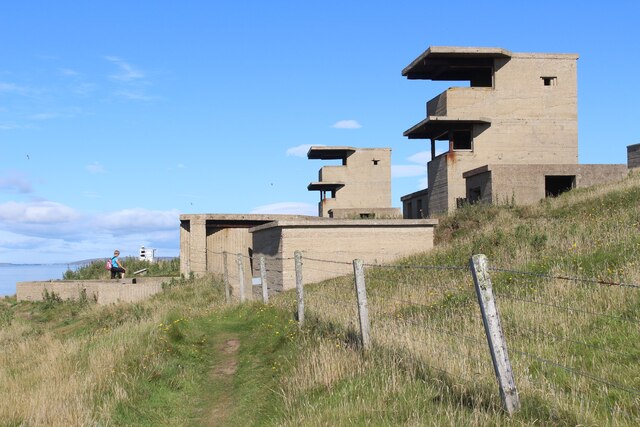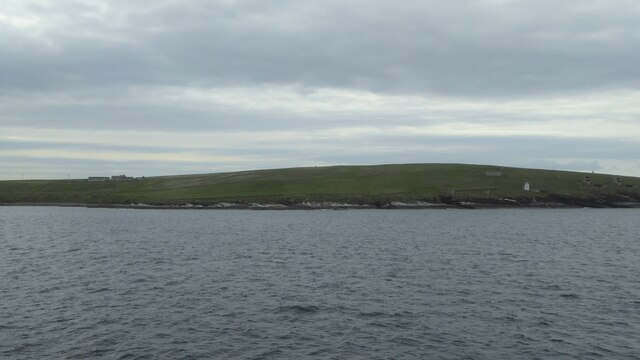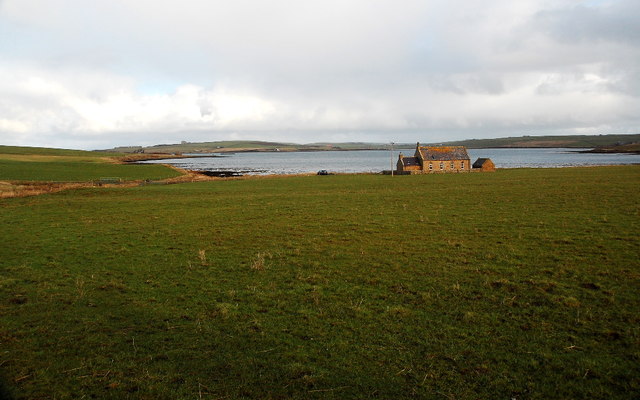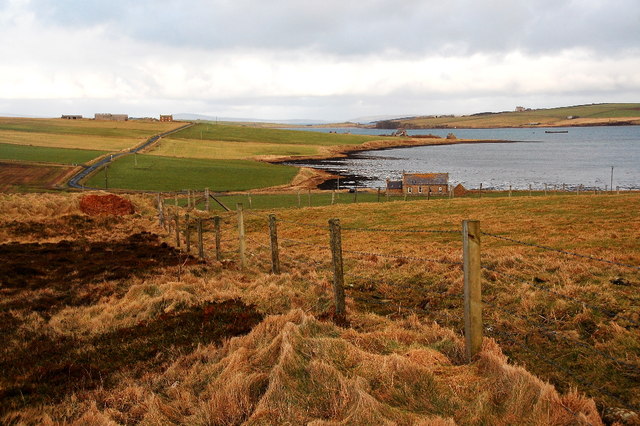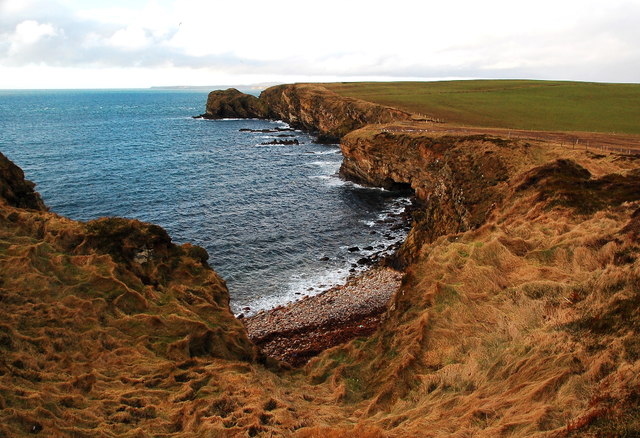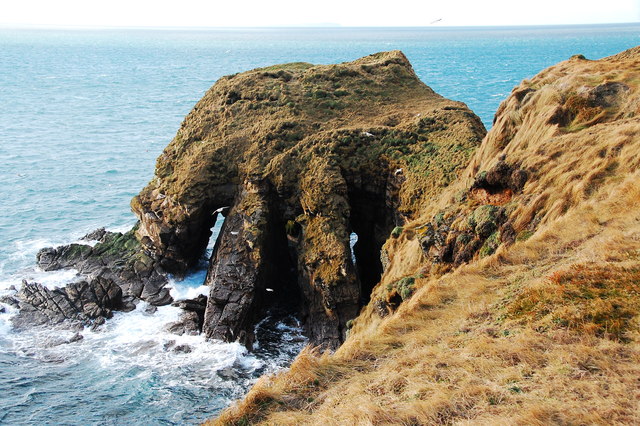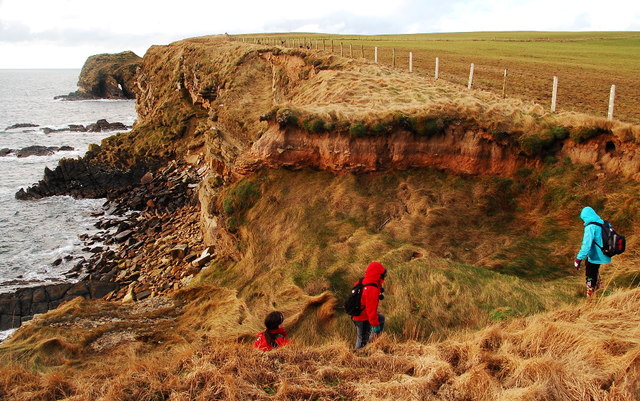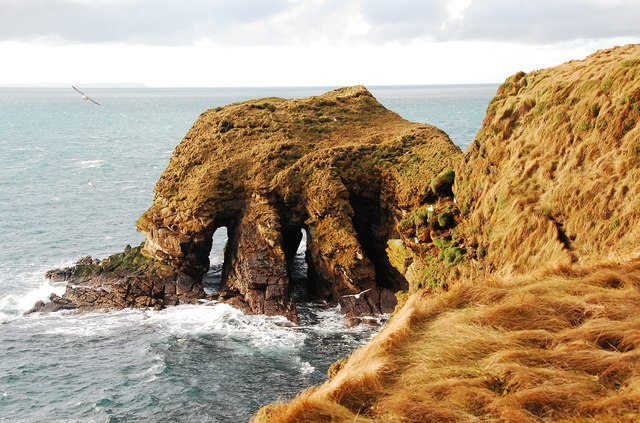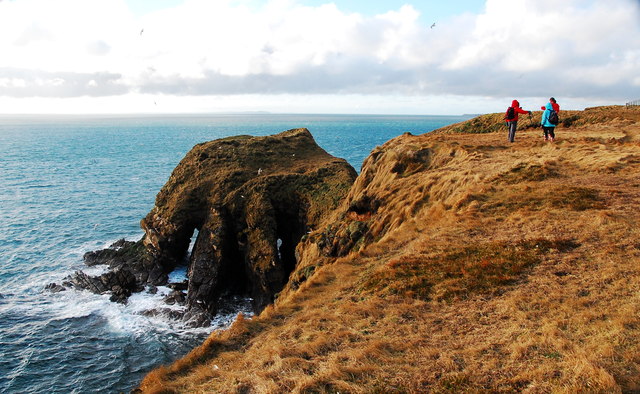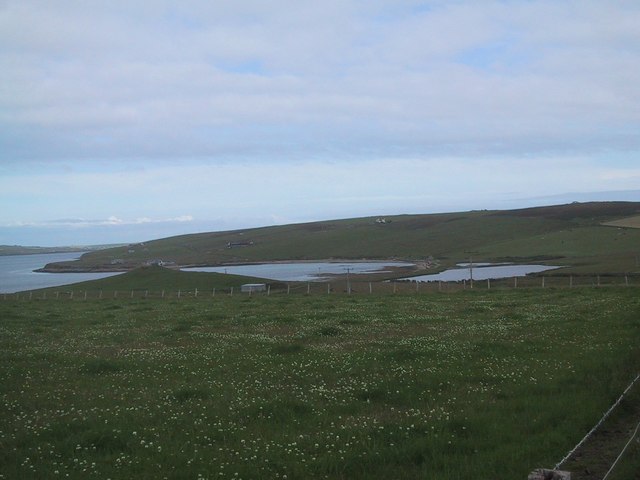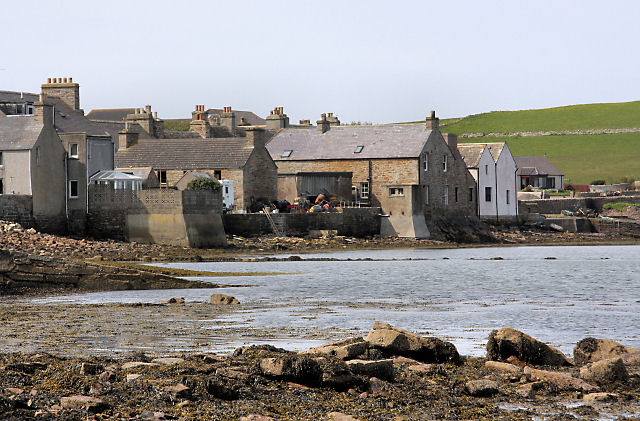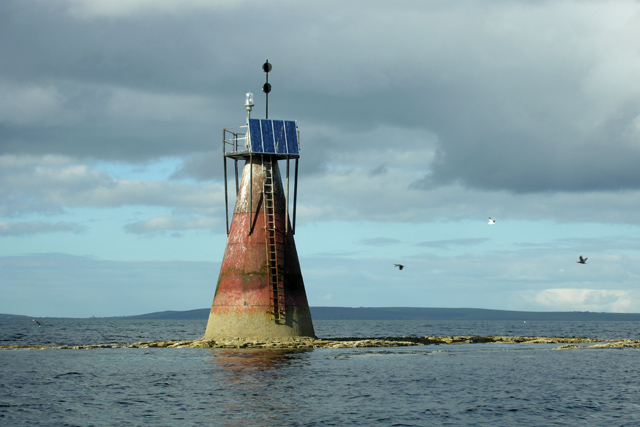Stony Bight
Bay in Orkney
Scotland
Stony Bight
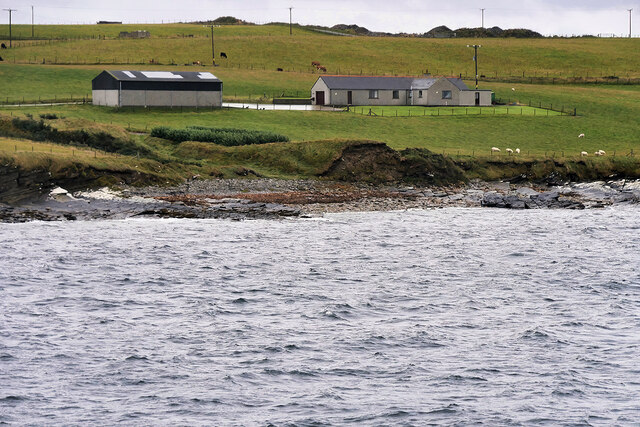
Stony Bight is a picturesque bay located on the west coast of the Orkney Islands in Scotland. It is situated between the small villages of Stromness and Birsay, offering stunning views of the North Atlantic Ocean. The bay is known for its rugged beauty, with rocky shores and cliffs that are a haven for birdlife.
The bay is named after the large number of stones that cover its shores, giving it a unique and distinctive appearance. These stones have been shaped and smoothed by the constant pounding of the waves and provide a fascinating landscape for visitors to explore. The beach is a mix of sand and pebbles, making it a popular spot for beachcombing and rock pooling.
Stony Bight is also home to a diverse range of wildlife. The bay is a designated Special Protection Area due to its importance for breeding seabirds, including fulmars, guillemots, and razorbills. Visitors can often spot these birds nesting on the cliffs and diving into the sea to catch fish. The bay is also frequented by seals, which can be seen basking on the rocks or swimming in the water.
The surrounding area offers plenty of opportunities for outdoor activities, such as hiking and fishing. There are several walking trails that lead along the coast, offering breathtaking views of the bay and its surroundings. Fishing enthusiasts can try their luck from the shore or book a boat trip to explore the deeper waters.
Overall, Stony Bight is a captivating bay that showcases the natural beauty and wildlife diversity of the Orkney Islands. Whether you're a nature lover, an outdoor enthusiast, or simply seeking a tranquil spot to relax, Stony Bight is a must-visit destination in Orkney.
If you have any feedback on the listing, please let us know in the comments section below.
Stony Bight Images
Images are sourced within 2km of 58.813153/-3.0148555 or Grid Reference ND4192. Thanks to Geograph Open Source API. All images are credited.
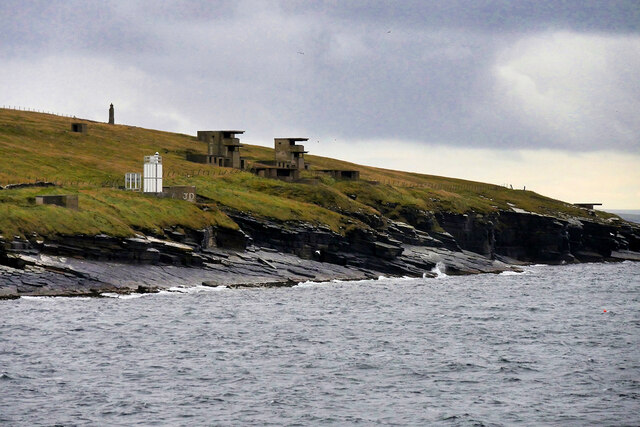
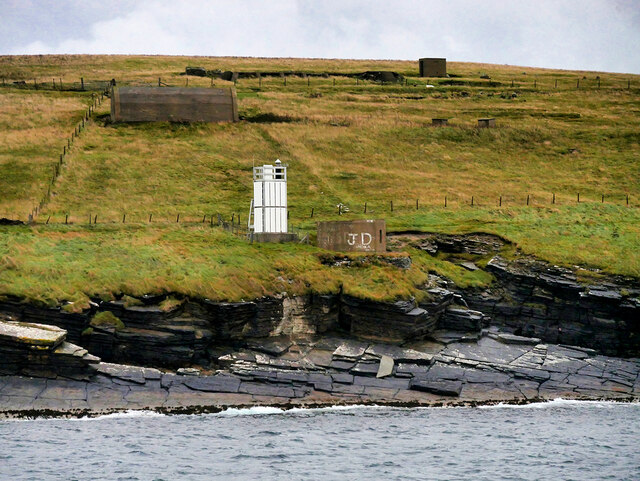
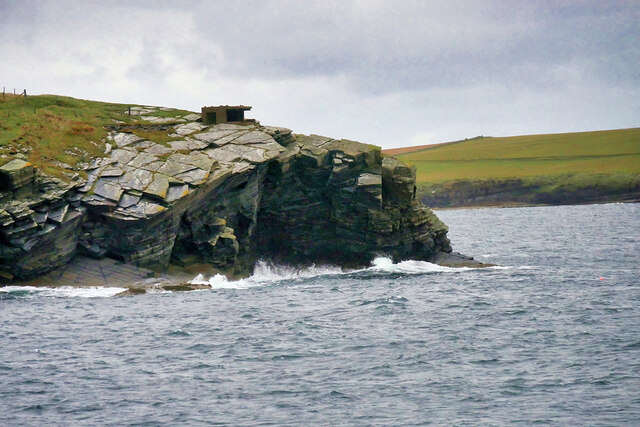
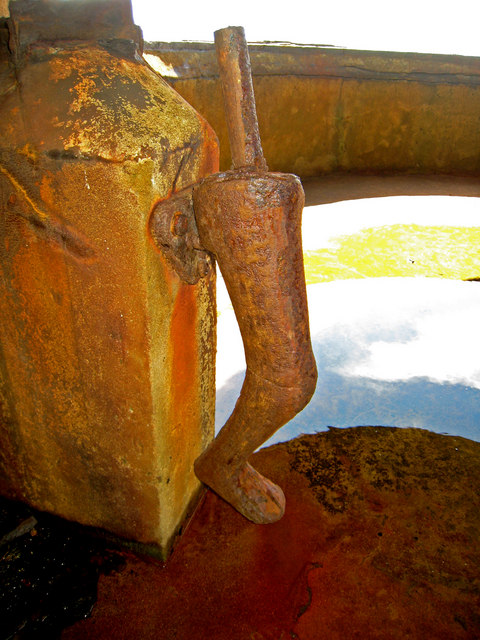
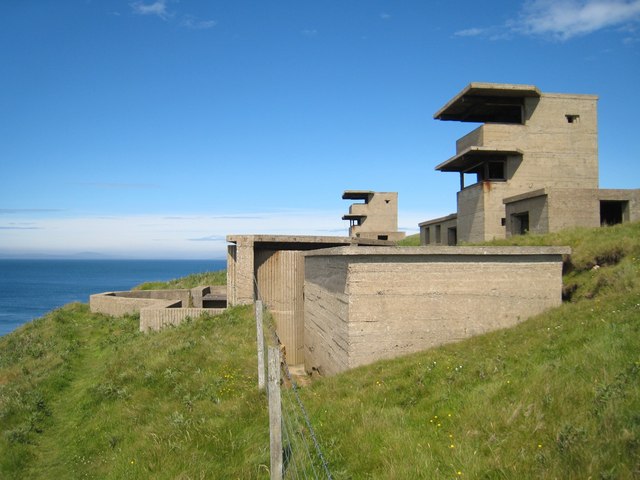
Stony Bight is located at Grid Ref: ND4192 (Lat: 58.813153, Lng: -3.0148555)
Unitary Authority: Orkney Islands
Police Authority: Highlands and Islands
What 3 Words
///folds.pokers.spans. Near St Margaret's Hope, Orkney Islands
Nearby Locations
Related Wikis
Herston, Orkney
Herston is a village on South Ronaldsay, Orkney, Scotland, United Kingdom. Herston is historically a fishing village but its only industry to speak of...
Hoxa, Orkney
Hoxa is a small settlement on the island of South Ronaldsay in the Orkney Islands north of mainland Scotland. Hoxa is located 1+1⁄4 miles (2.0 km) west...
St Margaret's Hope
St Margaret's Hope is a village in the Orkney Islands, off the north coast of Scotland. It is known locally as The Hope or The Hup. With a population...
Nevi Skerry
Nevi Skerry is a skerry situated in Scapa Flow in the Orkney Islands. The skerry is situated approximately 1 km (0.62 mi) east of Flotta and approximately...
South Ronaldsay
South Ronaldsay (, also , Scots: Sooth Ronalshee) is one of the Orkney Islands off the north coast of Scotland. It is linked to the Orkney Mainland by...
Hunda
Hunda is an uninhabited island in the Orkney archipelago in Scotland. It is 100 hectares (0.39 sq mi) in extent and rises to 42 metres (138 ft) above sea...
Switha
Switha is a small uninhabited island towards the south of Orkney, Scotland, approximately 41 hectares in area. == Geography and geology == Switha lies...
Whome
Whome is the largest settlement on the Orkney island of Flotta, Scotland. The village is situated on the B9046, the main road across Flotta. Views from...
Nearby Amenities
Located within 500m of 58.813153,-3.0148555Have you been to Stony Bight?
Leave your review of Stony Bight below (or comments, questions and feedback).
